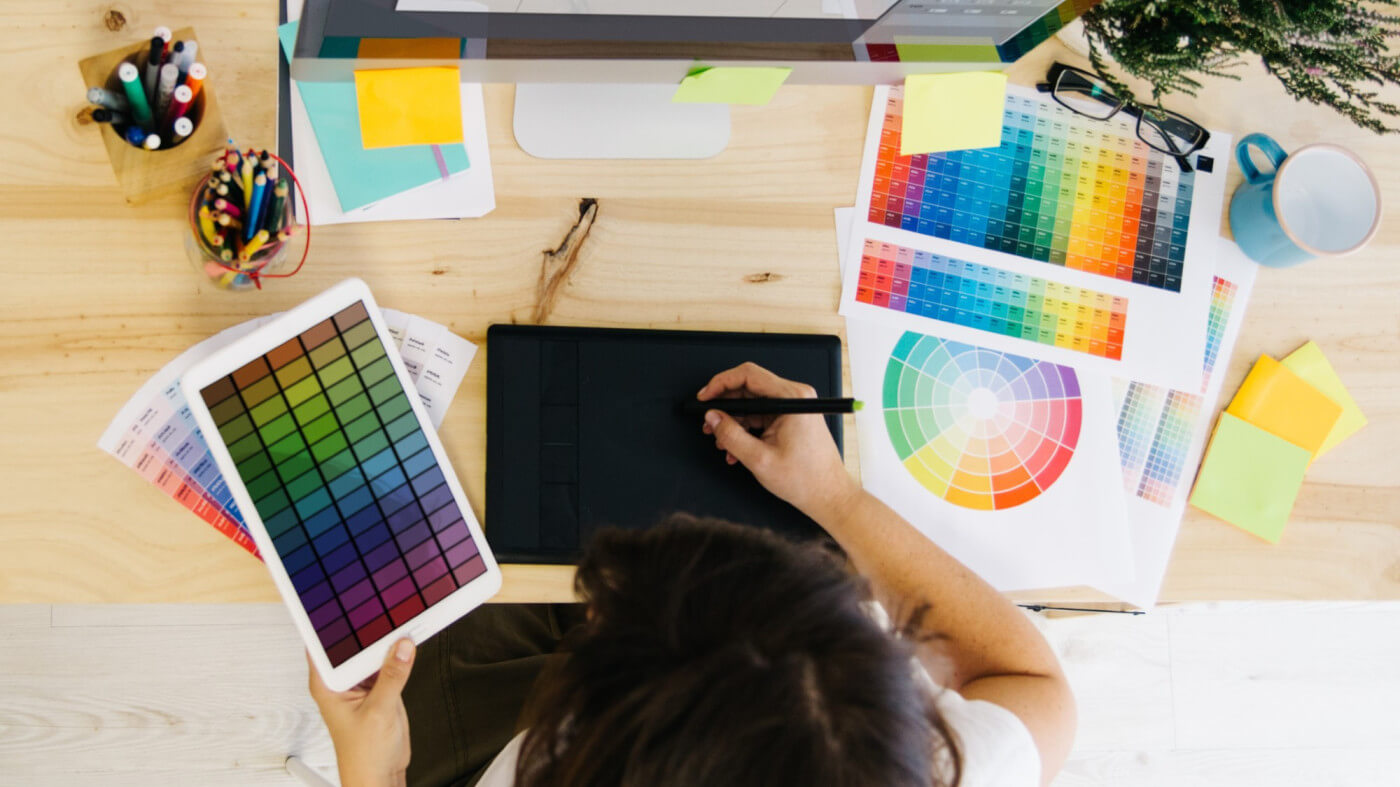Every graphic designer has faced the dreaded "design something quickly" or "make it minimalist yet popping". Clients with conflicting and sometimes unrealistic expectations can be a challenge. Despite this, graphic designers have the unique responsibility to visually represent a brand's message and ethos.
This is not an easy feat, but those who can meld creativity with effective communication are the ones who truly stand out in this hyper-competitive field. So, let's delve into how to develop and display this blend of skills.
The Unique Blend of Skills in a Graphic Designer
Sensitivity and Understanding towards the Brand
A key attribute of a proficient graphic designer is their ability to immerse themselves in the brand they are representing. They need to understand and embody the brand's core values and motives. This intrinsic understanding allows the designer to create works that truly resonate with the brand's identity and amplify its unique voice.
Proficiency in Design Techniques and Fundamentals of Marketing
A truly standout designer transcends the realm of mere aesthetics. They are not just masters of the visual but also have a deep understanding of marketing dynamics. This knowledge enables them to create designs that are not just pleasing to the eye, but are also effective in engaging the target audience and driving conversions.
A Desire to Learn about the Brand and the Industry
An excellent designer should possess a curiosity that drives them to learn more about the brand and the industry they are working in. This understanding enables them to create designs that truly connect with the target audience, capturing their attention and interest.
An Eye for Aesthetics and Visual Appeal
Possessing a keen sense of aesthetics and visual appeal allows a designer to create compelling designs that communicate the brand's message effectively. This sense of aesthetics helps them to select the right color palettes, typography, images, and layout that are both visually engaging and align with the brand's identity.
Cultivation of a Unique Design Style
Each designer should strive to develop a distinct design style. This uniqueness makes your work easily identifiable and sets you apart from the sea of other designers. It acts as your signature in the design world, allowing your work to stand on its own and speak volumes about your capabilities.
Effective Communication Skills
Communication is a cornerstone skill for a graphic designer. It enables you to understand your client's demands, articulate your ideas effectively, negotiate, and even persuade your clients when you have a different vision for a project. A strong communicator can effectively bridge the gap between a client's vision and the final design.

The Importance of Continuous Learning
The field of graphic design is always evolving, and to stay competitive, a designer must evolve too. Formal education, like a Bachelor's Degree in graphic design, is a solid foundation.
However, continual learning through industry conferences, online courses, and self-study can significantly enhance your skills. These platforms keep you up-to-date with the latest design trends, expand your professional network, and even present potential job opportunities.
Establishing Your Identity: Be Your Own Brand
As a designer, you are your brand. By joining online artistic communities and sharing your work, you not only get the opportunity to showcase your skills but also to network with other designers. This interaction can provide inspiration, constructive feedback, and even collaborative opportunities. Platforms like Deviantart and Behance serve as an excellent stage for this, acting as an online portfolio for potential clients or employers.
Read our Digital Art guide.
Practical Advice for Success in Graphic Design
- Embracing the Power of White Space: White space, often seen as a void to fill, is actually a powerful design tool. It gives your design elements room to breathe, creating a balanced, clean, and professional look. By allowing your design to focus on the core message and eliminating unnecessary elements, your designs achieve harmony and a higher visual appeal.
- Assertiveness with Clients: Balancing Request and Creativity: There can be moments when a client's request may not lead to the best design. In such scenarios, don't hesitate to prepare an alternative and present it to them. Often, clients appreciate a professional opinion, and by showing them a comparison, you can guide them towards a more effective design solution.
- Consistency: The Signature of Your Design: While each project brings unique challenges, the consistency of elements in your design can make a brand easily recognizable. This consistency could be in terms of color palettes, typography, or design elements. By maintaining consistency, you create a signature style that can be identified with the brand, creating a lasting impact.
Final Thoughts
The world of graphic design is indeed a challenging one. It demands a unique blend of creativity, technical skill, marketing understanding, and effective communication. However, it is this very challenge that makes it a rewarding field.
By continuously improving your skills, creating your brand, and staying adaptable, you can create a unique spot for yourself in this competitive domain. Now, let's explore some frequently asked questions.






